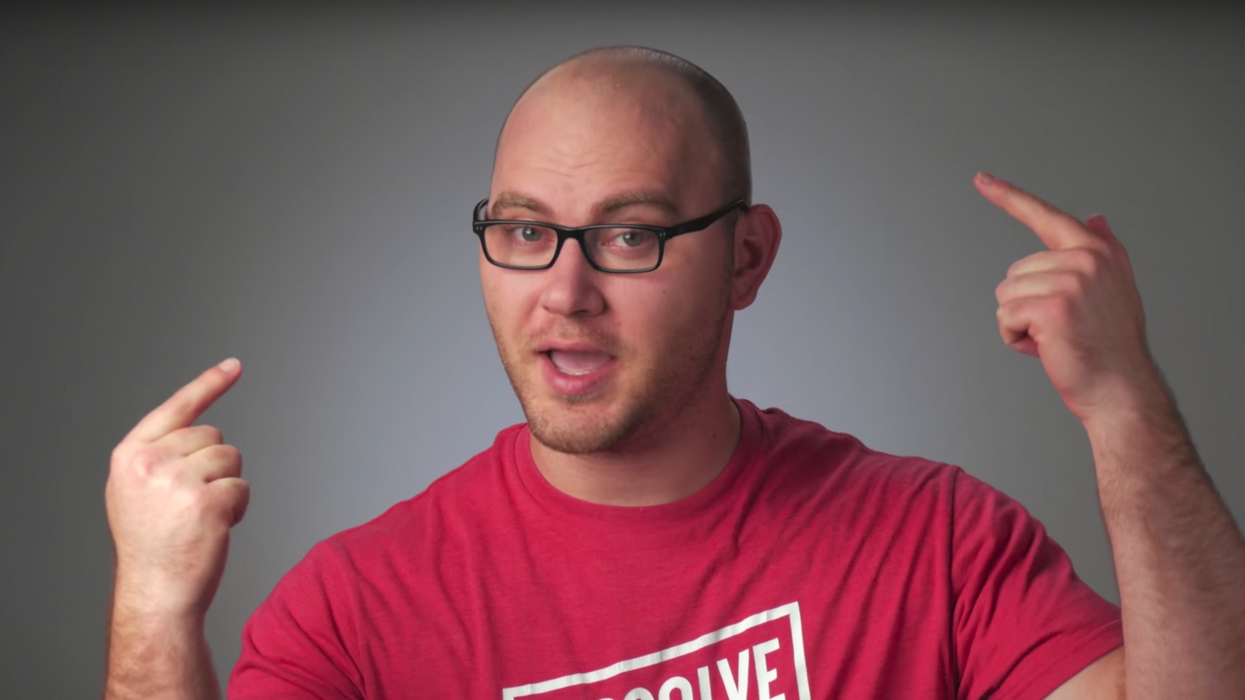Techniques You'll Want to Know When Lighting People Without Hair
If you're working with a bald subject, you'll want to know how to approach lighting them.

Certain exposure issues tend to come up when lighting people with little to no hair. Since skin is so reflective, their foreheads, temples, and the tops of their heads will often be overexposed if you light them the way you would someone with a lot of hair. To learn a few valuable techniques that will help you solve these common lighting problems, check out this video by Caleb Pike of DSLR Video Shooter, who is himself a self-proclaimed bald guy.
First off, Pike's looking pretty dope with that new do. (A+, buddy!)
Now back to business—here are the techniques and tips he talks about in the video:
Getting rid of blown out highlights
Again, skin is very reflective, and without hair to absorb the light you'll need to find another way to neutralize the hot spots on your subject's head. Anti-glare or de-shine powder will do the trick, but sometimes you'll have to use a little finesse when explaining to certain clients that "it's not makeup." If they're feeling away about it, just explain that you're using it to eliminate highlights, apply it on yourself, and make sure to use disposable brushes or pads.
Check your exposure
Use zebra or false color to check your exposure, because you may not be able to tell with your naked eye that your subject's head is overexposed.
Key light placement
Another thing you might want to adjust is the height of your key light because if it's placed above your subject's head it could really cause a not-so-flattering glare on their noggin. Lowering the key light should do the trick, but you might have to experiment with height a little to get it just right.
Reduce or remove hair lights
Again, glare becomes a big issue when using a kicker/rim/hair light. You may need to reduce the intensity or remove the light altogether. Pike suggests using a background light as an alternative, which works just as well to separate your subject from the background.
Pay attention to backgrounds
If you do use a background light in place of a hair light, you'll have to figure out what kind of background you should use. Why can't you use any ol' background? Because certain skin tones don't work well with different background and light colors. So, make sure that whatever you choose provides enough contrast between your subject and the background.
What are some other tips for lighting bald people? Let us know down in the comments.
Source: DSLR Video Shooter











